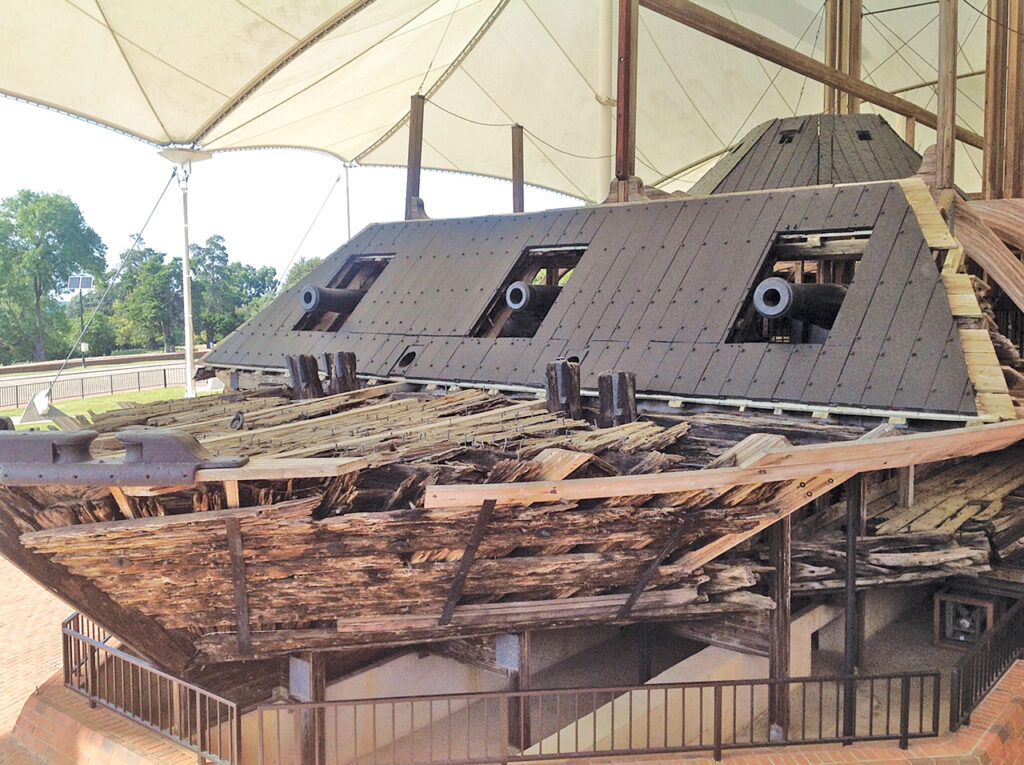 By JoDell Haverfield, Have Travel Memories
By JoDell Haverfield, Have Travel Memories
Freedom isn’t free!
I love the South and I especially love living in the South. This Memorial Day, consider taking your family on a road trip to explore a few of the South’s forts and memorials honoring those who saved the South. You hardly even need to go beyond your own backyard.
Southern history is far more than the culture of the antebellum South, (which I love by the way). She served a vital role in the problems and difficulties of becoming the nation the United States is today, from the Native Americans, American Revolution, Civil War and on to current history. We live in the shadow of our nation’s oldest settlement, with more than 450 years of history, and Pensacola Bay is just the beginning! After the war of 1812 the United States began constructing coastal forts along its 3,500-mile coastline to protect important waterways and seaports. Pensacola Bay was one such area. Europe had long considered Pensacola Bay one of the most important seaports on the northern Gulf Coast due to its width and deep water providing the deepest anchorage as well as a large, protected harbor for ships.
Construction on Fort Pickens began in 1829 and was completed five years later after more than 21.5 million bricks had been laid by skilled tradesmen and slave labor. If you look closely, you can often see their fingerprints in the bricks. The massive pentagonal fortress was necessary to protect against attacks on the newly established Pensacola Navy shipyard. At the time, Fort Pickens, named after Brig. Gen. Andrew Pickens, a patriot who fought with distinction in South Carolina during the Revolutionary War, was the largest brick structure on the Gulf of Mexico.
 Three months before the start of the Civil War, a high stakes meeting took place outside of Fort Pickens to decide who would control one of the most powerful forts in the United States. The duty fell to 1st Lt. J. Slemmer to defend the fort whose walls were known as “The Ring of Fire,” with as many as 200 cannons raining heavy artillery. On the morning of Nov. 22, 1861, a Union cannon inside Fort Pickens broke the sound of crashing waves in an effort to destroy the Confederates across the bay. Never before had Third System fortifications fired against each other. For 48 hours, about 110 Union and Confederate seacoast artillery pieces, the most massive cannons used by the armies at the time, shook the earth. The bombardment could be heard as far as 125 miles away. Fort Pickens remained in use until 1947.
Three months before the start of the Civil War, a high stakes meeting took place outside of Fort Pickens to decide who would control one of the most powerful forts in the United States. The duty fell to 1st Lt. J. Slemmer to defend the fort whose walls were known as “The Ring of Fire,” with as many as 200 cannons raining heavy artillery. On the morning of Nov. 22, 1861, a Union cannon inside Fort Pickens broke the sound of crashing waves in an effort to destroy the Confederates across the bay. Never before had Third System fortifications fired against each other. For 48 hours, about 110 Union and Confederate seacoast artillery pieces, the most massive cannons used by the armies at the time, shook the earth. The bombardment could be heard as far as 125 miles away. Fort Pickens remained in use until 1947.
Many southern historical forts in the United States were erected to strengthen U.S. defenses due to the losses experienced during the War of 1812. Here are a few more famous Forts of the South.
Fort Morgan, Ala., is a pentagonal Bastian fort at the mouth of Mobile Bay. Completed in 1834, it stood as the guardian of Mobile Bay through four wars – the Civil War, the Spanish American War, and World Wars I and II – but it is most famous for the Civil War “Battle of Mobile Bay” when on Aug. 5, 1864, Adm. David Farragut ordered his fleet to charge the heavily mined bay. He went “full speed ahead” to win the war. This fort claims more than 40 million bricks and pays tribute to the skilled masons, many were enslaved African Americans. The Mobile Civil War Trail spans more than 90 miles along the Gulf of Mexico to North Mobile County. It was reconstructed in 1895 and remained active until 1949.
Fort Smith, Ark., was originally built to maintain peace and harmony between the Osage and a band of Cherokee in the area. Fort Smith is where some of the most famous outlaws of the Wild West were brought to justice.
Fort Marion – Castillo de San Marcos, St. Augustine, is the oldest masonry fort in the United States. Originally it was a Spanish fort in 1821 until it was dedicated as a U.S. Army base and renamed Fort Marion. During the fort’s more than 100 years as an Army base, it housed Native American prisoners and was most notably the site of mass Apache incarceration in 1881.
Fort Pulaski, Ga., was built to protect the port of Savannah in 1847 until it was overtaken by Confederate soldiers and seceded from the Union in 1860. It was again overtaken just two years later and began to deteriorate around World War I.
Fort Boonesborough, Ky., a frontier fort founded by none other than Daniel Boone himself in 1775, also played a role in the Civil War. Fort Boonesborough also served as an outpost in the American Revolution and remained active until the early 19th century. It has since been reconstructed as a working fort, complete with cabins and period furnishing.
Fort Jackson, La., was originally constructed to defend New Orleans, however, this fort saw battle only from April 16 to April 28, 1862, when it quickly fell to the Union forces.
Fort Massachusetts, Miss., is where the Confederate militia took this partially built fort in the summer of 1861 and then quickly abandoned it. However, it didn’t stay abandoned for long as Union forces began using it in early 1862. This fort was last active in 1903.
Fort Macon, N.C., was also established for coastal defense during the war of 1812 and, like many forts erected during this time, it played a significant role in the Civil War. This southern fort was soon captured by Confederate militia just two days into the war. Eventually, Union troops recaptured the fort, which was again abandoned in 1903.
Fort Sumter, S.C., is one of two forts at the entrance of Charleston Harbor and was famously overtaken by the Confederacy at the onset of the Civil War. This fort was a focal point in Charleston throughout the wars and is a favorite tourist spot today.
Fort Donelson, Tenn., is the only fort that was built by the Confederacy during the Civil War instead of being overtaken. However, after its completion the Battle of Fort Donelson ensued, and a Union victory resulted.
The Alamo, Texas, is one of the most popular forts in the U.S. This fort was occupied by either Spanish or Mexican troops until the beginning of the Texas War for Independence from Mexico.
Fort Ward, Va., was built to protect Washington, D.C. during the Civil War. Today it offers several exhibits on Civil War topics.
Prickett’s Fort, W. Va., was constructed by early settlers in 1774 as a refuge from Native American attacks. Eighty local families would gather at this small fortress anytime there was a threat of an uprising.
Vicksburg’s Fort Hill sat high on a bluff north of the city commanding the Mississippi River. These key defenses were blown up on June 25, 1863, laying the way for General Grant’s victory over Vicksburg.
The world is waiting!
Thanks for Travelin’ with JoDell
Views: 0
























































